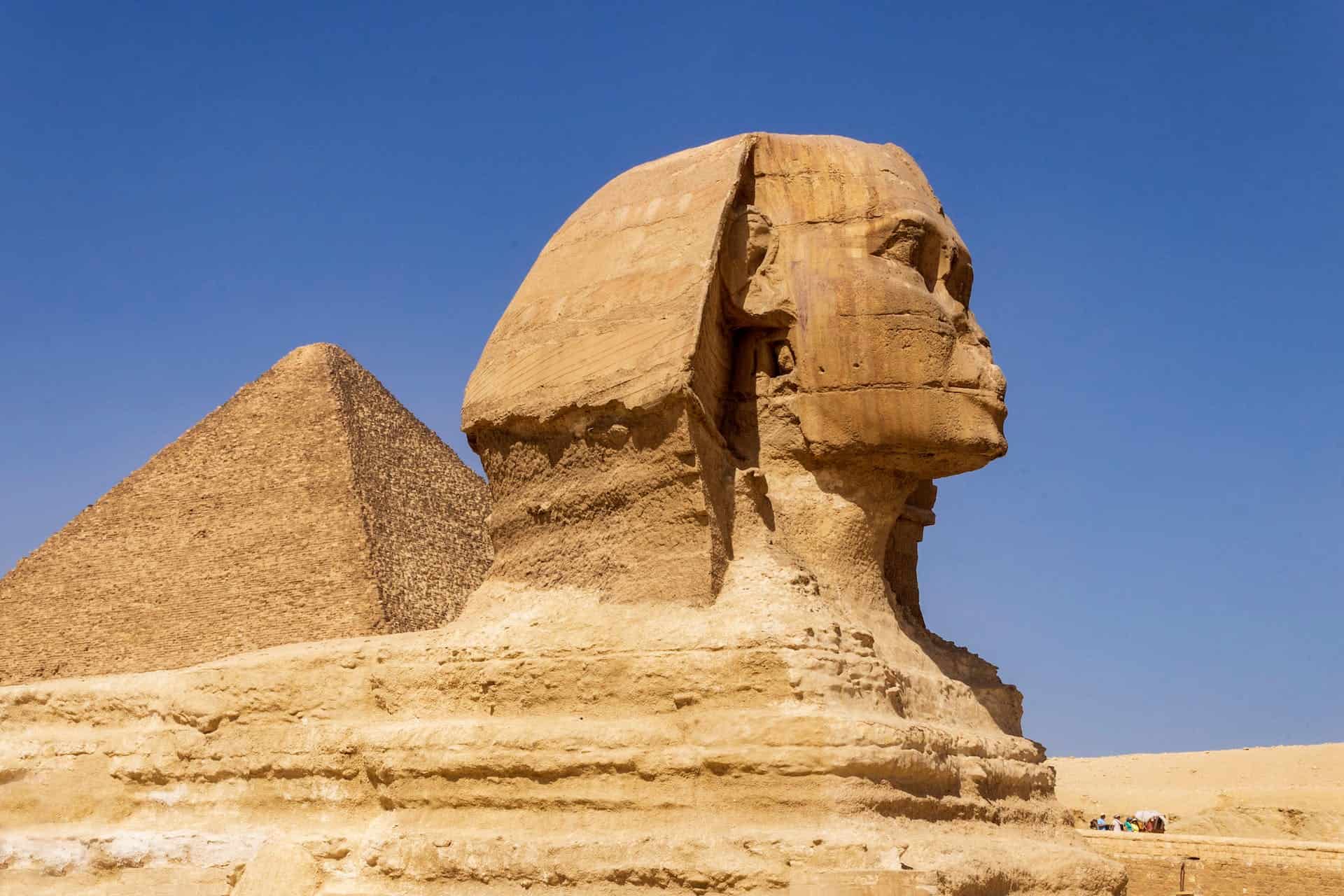Did wind and erosion play a role in shaping the world-famous Great Sphinx of Giza before human hands carved it? For centuries, archaeologists have delved into the enigma of this 4,500-year-old limestone marvel near the Great Pyramid in Giza. While many aimed to decipher its origin and symbolism, the influence of its natural surroundings in the statue’s formation has often been overlooked.

A team of scientists at New York University replicated the conditions that existed when the Great Sphinx of Giza was created to show how wind moved against rock formation in possibly shaping one of the most recognizable statues in the world. This had been previously suggested by other geologists but not tested in an actual study until now.
“Our findings offer a possible ‘origin story’ for how Sphinx-like formations can come about from erosion,” Leif Ristroph, author of the study, to be published in Physical Review Fluids, said in a news release. “Our laboratory experiments showed that surprisingly Sphinx-like shapes can, in fact, come from materials being eroded by fast flows.”
The role of wind
The sphinx is believed to have been erected for the Pharaoh Khafre (about 2603-2578 BC). Hieroglyphic inscriptions indicate that the Great Pyramid, the oldest and largest among the three pyramids in Giza, was constructed by Pharaoh Khufu, who was Khafre’s father. After ascending to the throne, Khafre proceeded to build his pyramid.
But while sculpting the sphynx likely took a lot of work, nature also gave a helping hand. Ristroph and his team focused on replicating yardangs, unusual rock formations in deserts created by wind-blown dust and sand. They believe the Great Sphinx may have actually originated as a yardang that was later detailed by humans in the form of a statue.

To do this, they took mounds of soft clay with harder, less erodible materials embedded inside to mimic the land in northeastern Egypt where the sphinx sits. Then they washed these formations with a fast-flowing stream of water (to replicate wind) that carved and reshaped them, eventually achieving a sphinx-like formation.
As the material grew tougher and more resistant, it transformed into the “head” of the lion, giving rise to various other features like a recessed “neck,” forelimbs outstretched on the ground, and a gracefully arched “back.” For Ristroph, this suggests a possible origin story for how sphinx-like formations can be created from landscape erosion.
“There are, in fact, yardangs in existence today that look like seated or lying animals, lending support to our conclusions,” the researcher explained in a recent press release. “The work may also be useful to geologists as it reveals factors that affect rock formations — namely, that they are not homogeneous or uniform in composition.”
The findings were detailed in the journal Physical Review Fluids.






